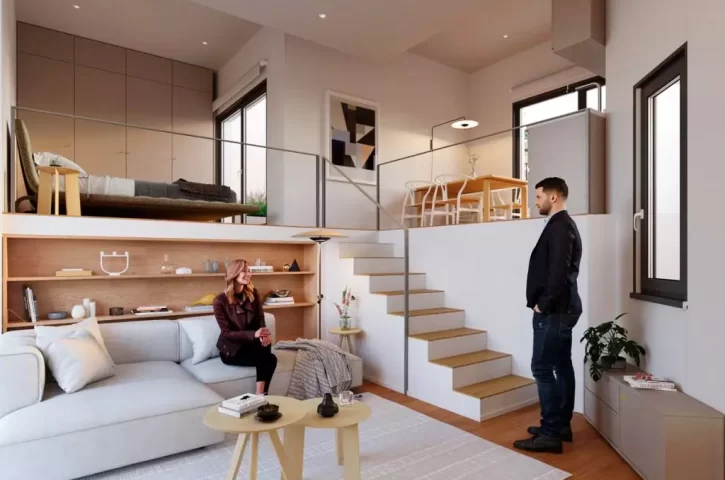
Plan your garden
Before planting your garden, you need to plan it. You need to decide what kinds of plants and flowers you want. You can use a map or a picture to help you make a plan. You can also draw the garden with SmartDraw. It has an extensive library of symbols that can help you design your garden.
The plan should include the size and shape of your garden. If you are growing a variety of crops, you will need different size spaces for each plant. For example, tomatoes will need about 2 square feet of space each, while broccoli and artichokes will require at least four square feet of space.
Draw a map of your yard
Before you start re-designing your yard, draw a map of your property. To get the most accurate map, start by measuring the perimeter of your property, including existing trees, fences and garden beds. Once you know the exact dimensions of your yard, you can make a detailed plan by measuring the distance between known points. Use a scale of three feet to one inch to make your map more precise.
A base map is a scaled drawing of your property. It will help you determine the overall proportions of your yard and any permanent features. Once you have a clear idea of your yard’s dimensions, you can begin sketching ideas. To create accurate plans, you can also use a compass to determine the direction of the north.
Prioritize the plants you want to plant
The first step in planning a garden is to prioritize the plants you want to plant. This list should include the vegetables and fruits that you enjoy eating, as well as plants that attract pollinators. You should also consider the seasons of the year and the critters that may visit your garden. Prioritizing your list will help you make the most effective use of your space.
You can plan your garden with the seasons in mind by growing some vegetables and herbs in the summer and others during the winter. Some plants require more water than others, and some may even require special care. You can make sure your plants are well watered by observing their normal rainfall cycles. Some bulbs and daffodils require extra water during long dry periods. Virginia bluebell is an exception, blooming in early spring when the leaves of the trees are emerging. It then goes dormant in the shade during winter.
Design your garden in 3D
There are many ways to design your garden in 3D. One option is using a garden design app. These apps have an intuitive interface and let you drag and drop various elements of your garden. Some apps feature over a hundred different outdoor items, such as flowers, trees, greenhouses, and fences. There are also thousands of different textures to choose from.
The software also allows you to select the size of your garden, set a theme, and add different objects to the landscape. You can also filter the objects according to their size, type, and lighting. When you are finished, you can save your garden online or export it as an image or a list of plants.










